Click to the navigation bullet to go specific chapter
Chapter Info graphics
Info graphics
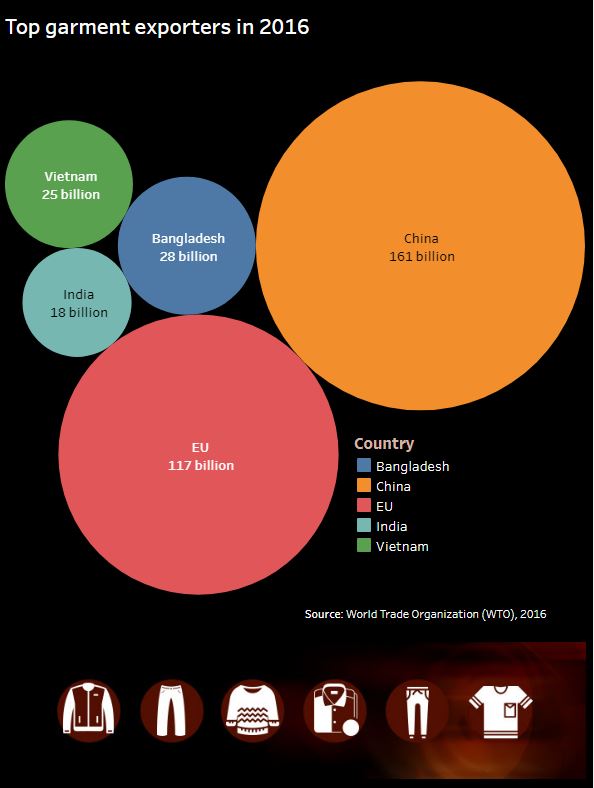
Bangladesh boasts as the world’s number two garment exporter.Every third European has a t-shirt made in Bangladesh on his back.

Chapter 1
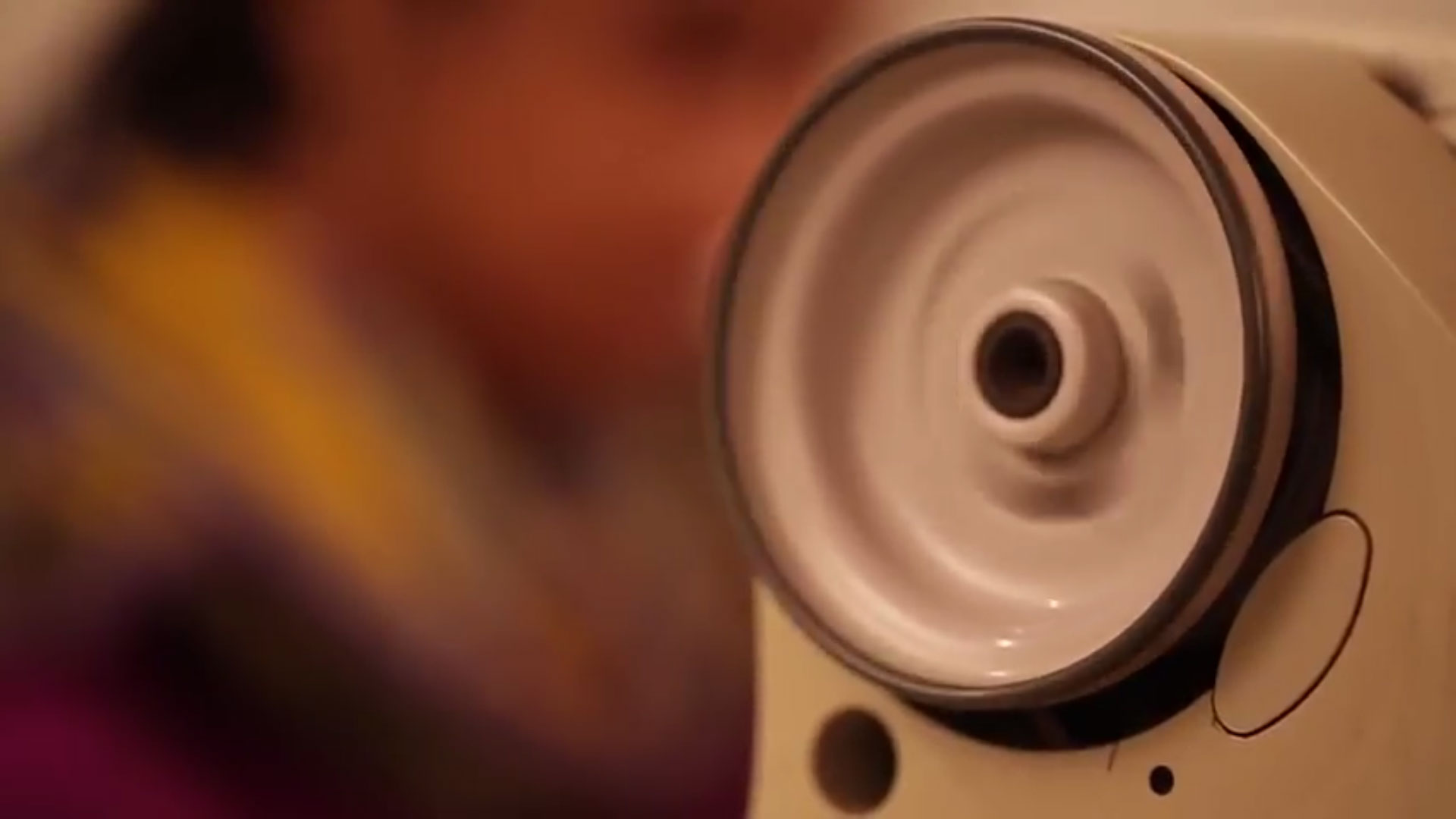
Bangladesh boasts as the world’s number two garment exporter.Every third European has a t-shirt made in Bangladesh on his back.
Chapter 2
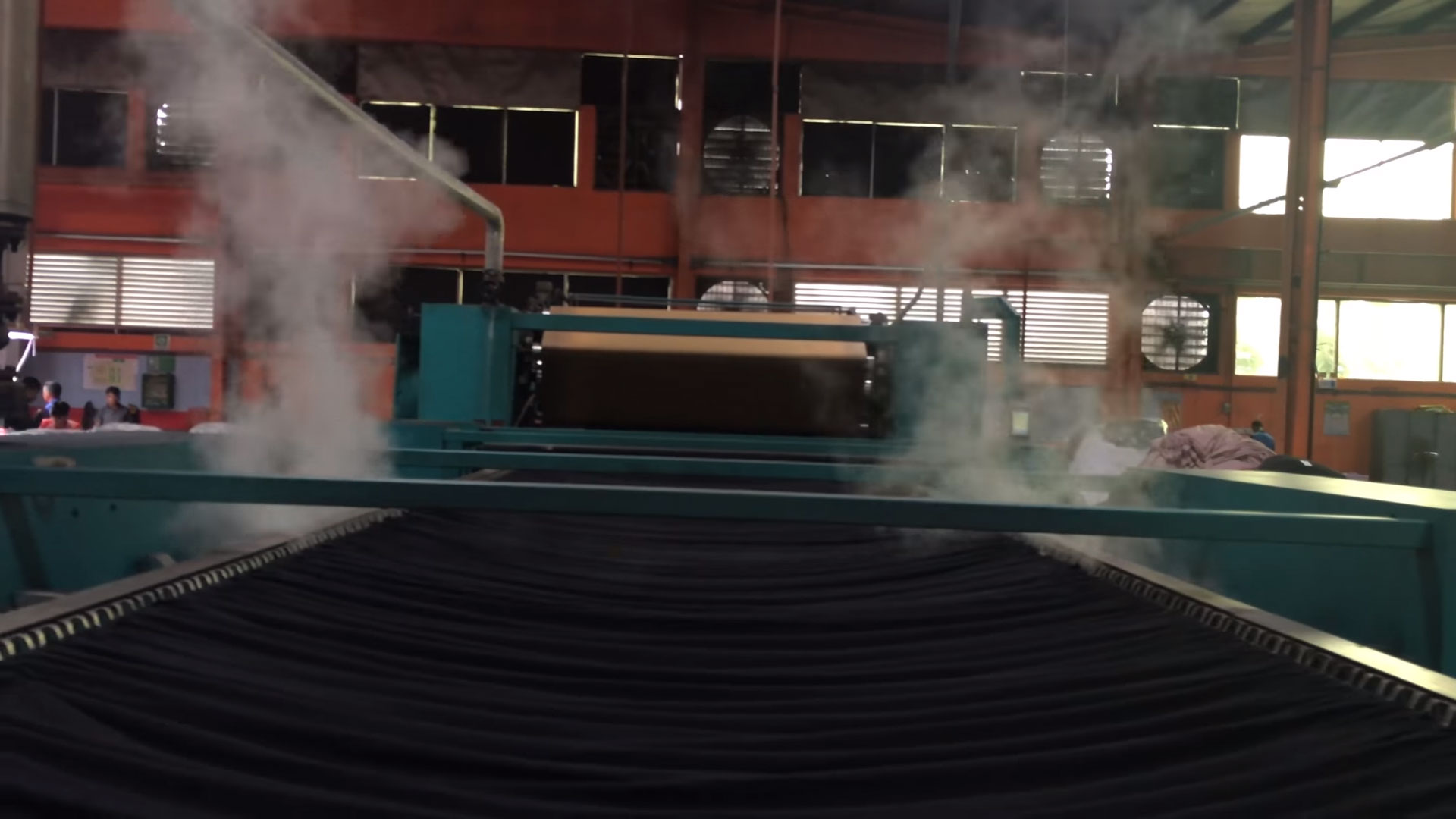
But the success comes at an enormous environmental cost. We don’t even know about it. Every year 1,500 billion..
Chapter 3

Two things happen when such huge quantity of water is pumped out. First, we create a hollow underground.
Chapter 4
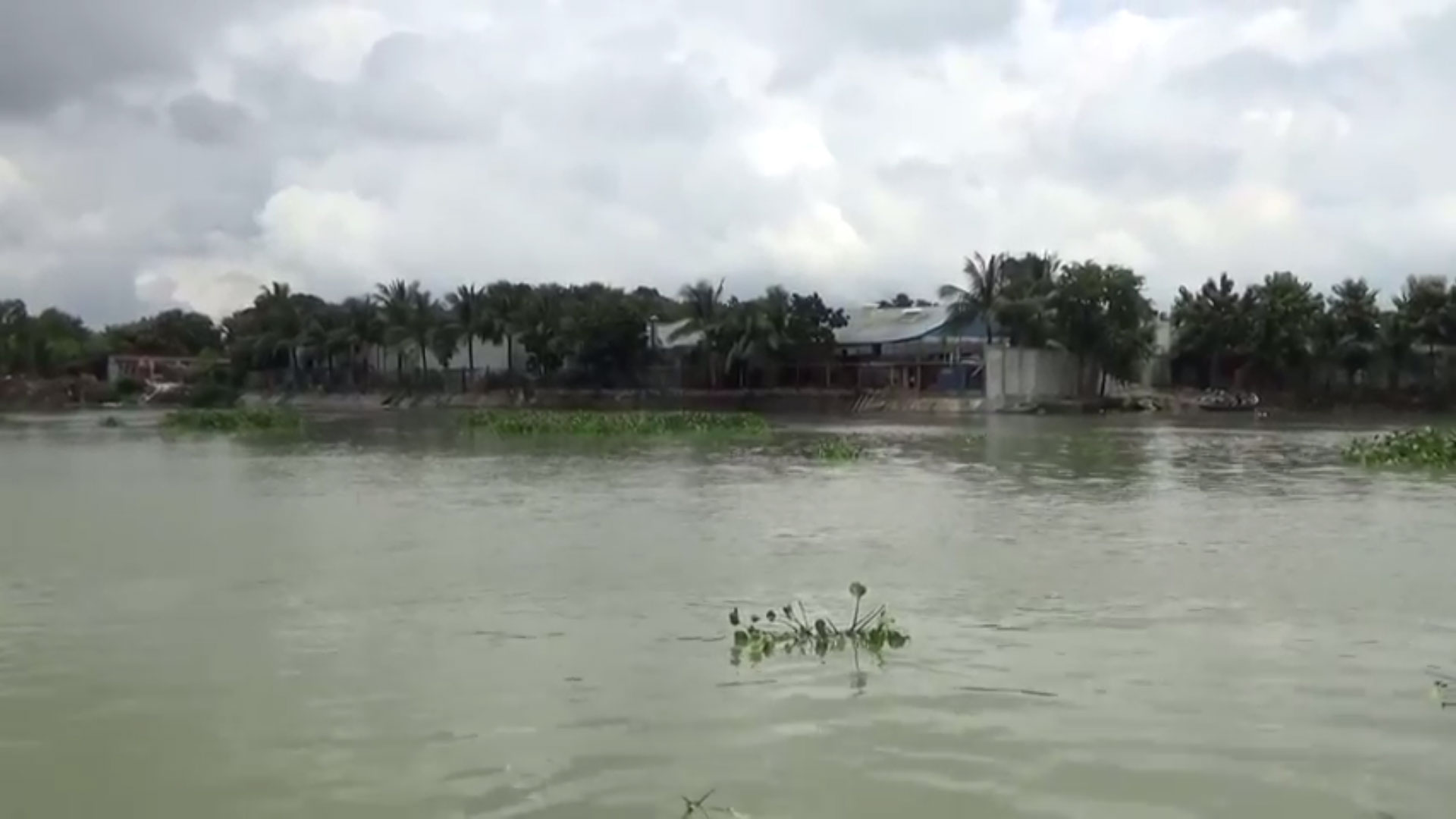
The garment industries pump out this water after use into rivers and canals. By this time, the water becomes highly polluted with toxic chemicals and dyes.
Chapter 5
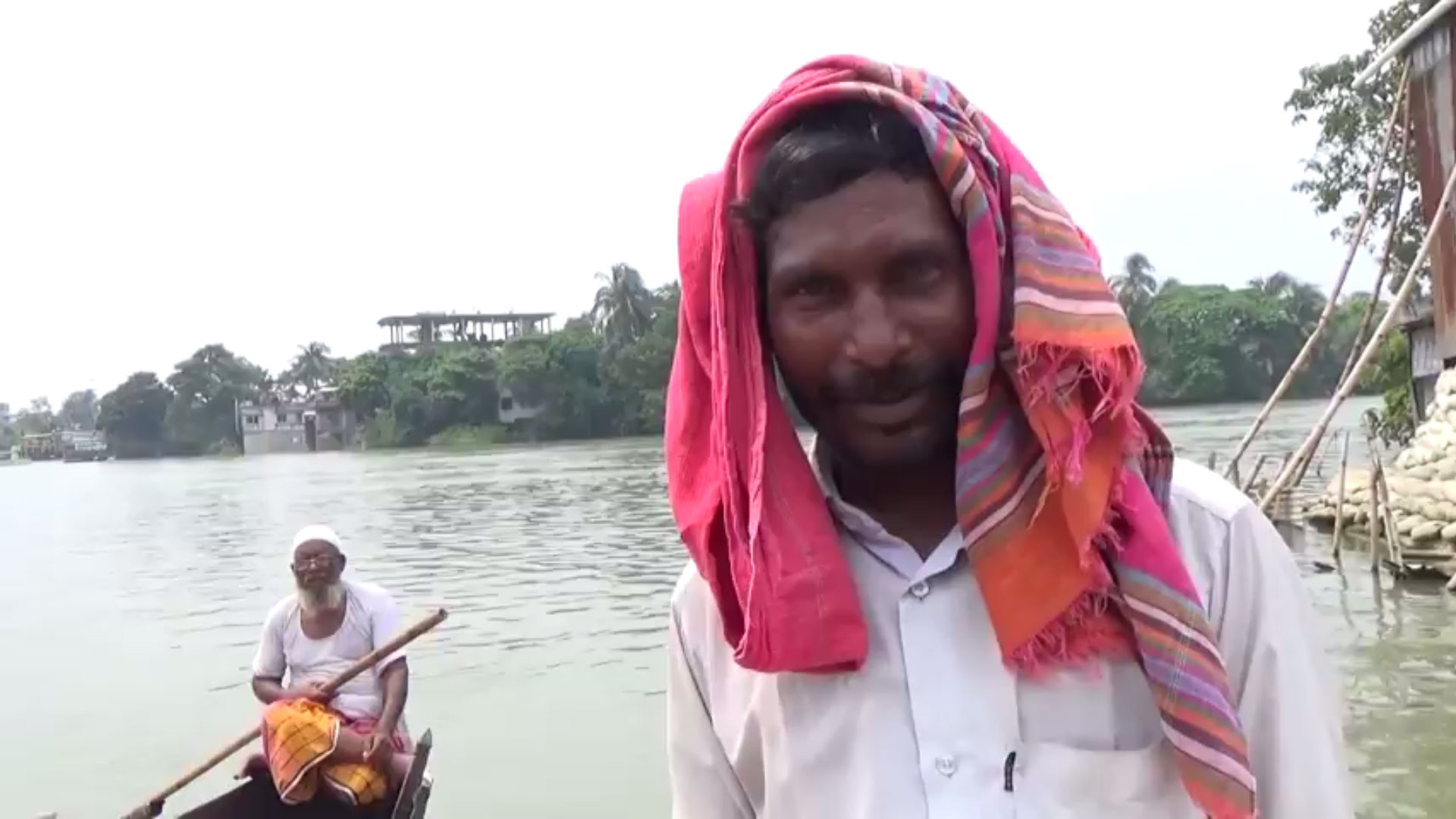
As the inefficient plants draw more water to treat the same quantity of fabrics, they use more chemical to do the job.
Chapter 6
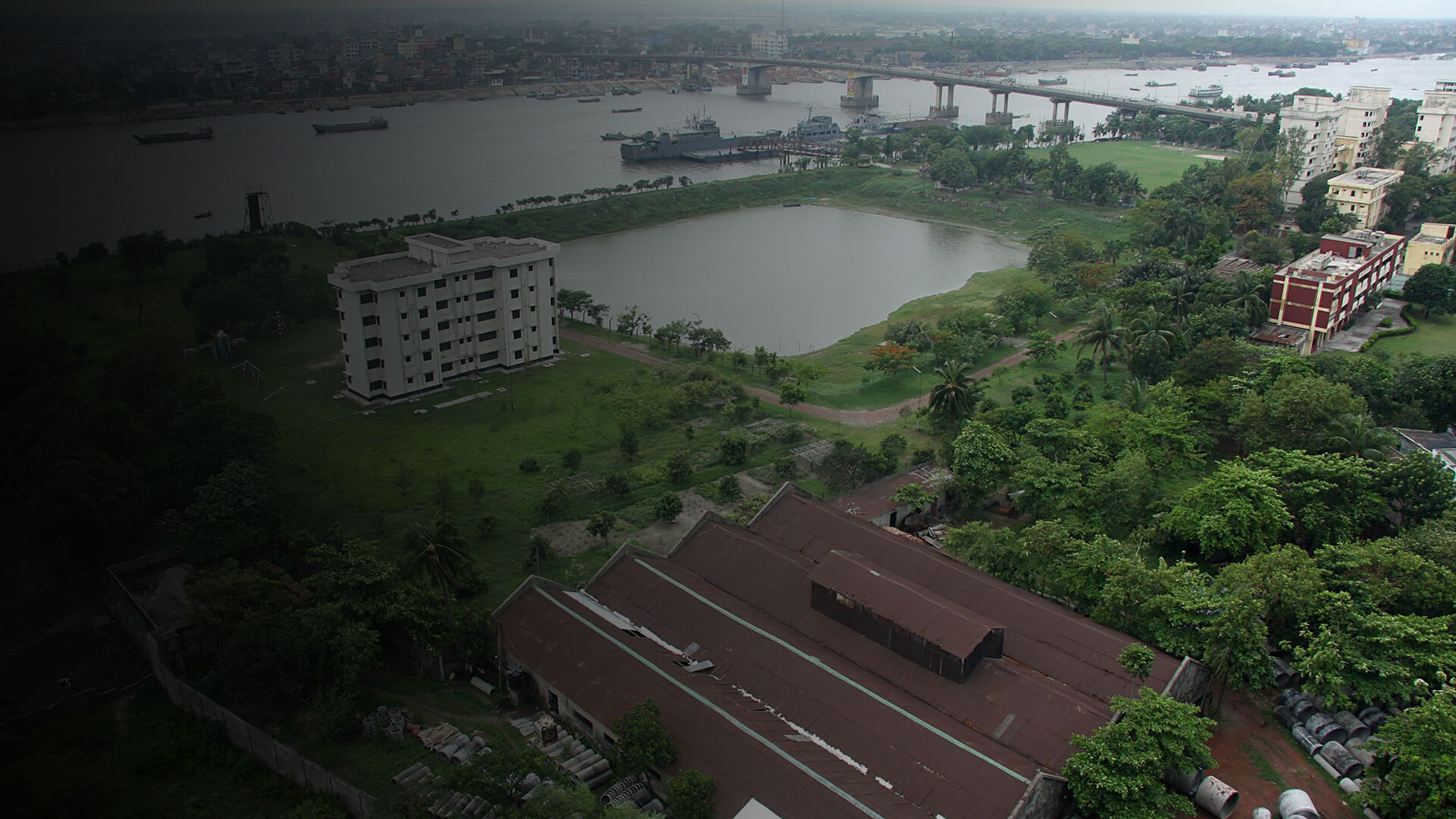
It does not need to use all that water to wash every kg of apparel. As we said earlier, Bangladesh uses 250 litres of water.
Chapter 7
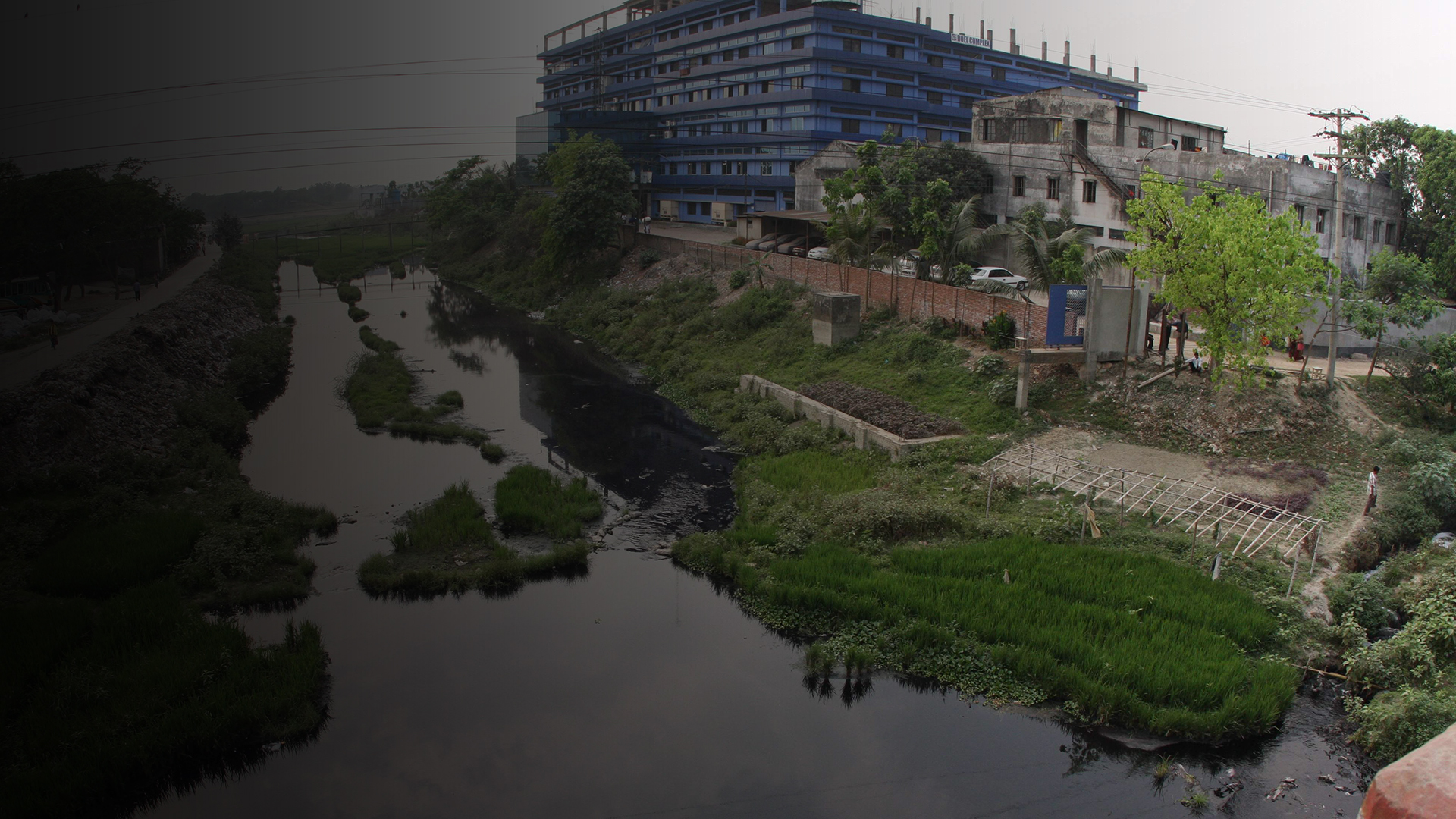
A handful few factories are changing their operation to be more water efficient. International Finance Corporation (IFC) has introduced a programme styled Partnership..
Director:
Project Supervisor:
Writers:
Development:
Videography:
Technology:
Infographics:
Creative:
Research:
Published on September 22,2017
(Both Print and Digital)
Copyright: The Daily Star | 2017